Dummies guide to Durga puja: a look beyond the prayers

The biggest bash
- Navratri is celebrated with gusto in various parts of India
- For Bengalis, it is the most important celebration
The complete festival
- There\'s more to Durga puja than mere religion
- Arts, culture, philosophy and food - Durgotsav embodies it all
More in the story
- What\'s the puja all about
- Your checklist for things to do
Sharad Navratri is celebrated across north India with fervour. Devotees pray to the goddess Shakti in her various forms for the first nine days of the Devi Paksha - the fortnight dedicated to the Mother Goddess. It is most significant for Bengalis, who celebrate Durga puja with energy you rarely see in them for the rest of the year.
If you thought that the festival is only about worshipping and rituals, you could not be more wrong. There is so much more to it - days and weeks of planning go into which new clothes to shop for, friends coordinate their itineraries to meet up for the customary adda and pandal hopping. That again has to be timed in a way that you can catch all the gigs in the town.
The revelry may come naturally to Bengalis. But what about others who love fun and frolic but don't know what the festival actually entails. If you are one of the clueless souls, here is a guide to help you look knowledgeable if you find yourself in the midst of a puja celebration.
The festival
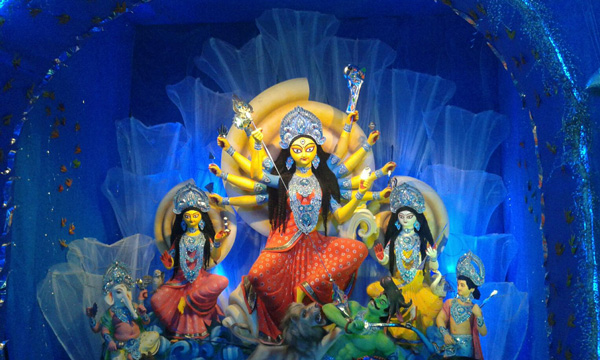
Photo: Ronita Brajabasi
Preparations for the puja start months in advance and artisans are called in from various parts of West Bengal to build thematic pandals and exquisite idols of the Goddess and her family - Lakshmi, Ganesh, Saraswati and Kartik. The festival marks Durga's triumph over Mahishasura (a mythical demon who could transform into a buffalo).
Until the 20th century, the affluent class would have private puja ceremonies at their homes. The less fortunate would visit them to pay their obeisance to the goddess Sarvamangala. But with the rise of the middle class, people started collaborating to have community pujas instead of having to depend on the wealthy for access to puja.
Leaders of the time also saw it as an opportunity to unite communities and encouraged Bengalis settled in other parts of the country to celebrate the empowered form of Durga. Over the years, the communities have become larger and Mumbai, Delhi, Chennai, Patna and many more cities see big Durga puja celebrations, which match the scale of those held in West Bengal.
The rituals
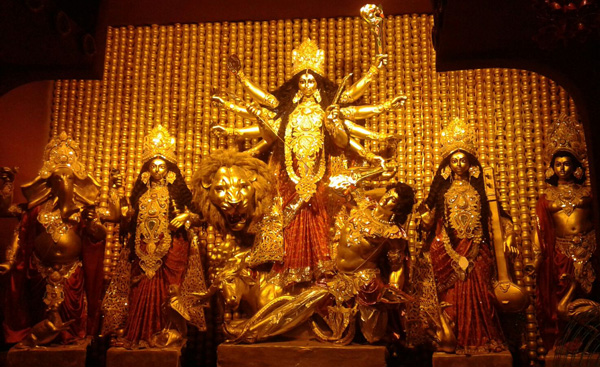
Photo: Ronita Brajabasi
Mahalaya, or the first day of Durga puja is when the goddess is invoked to come to earth from her heavenly abode with stotra and music called Agomoni.
It is said depending on which day of the week Mahalaya falls, Durga chooses her mode of transport and that signifies what her devotees would face through the year - if she arrives on a horse, war is on the cards; if it is an elephant then there will be ample rainfall; a palanquin signifies calamities and a boat is the harbinger of prosperity.
The main celebration starts on Shashti - the sixth day from Mahalaya - when the idol of of Durga is unveiled for the public after a ritual called Bodhon. The next day, Saptami, is the day when an ancient ritual of nature worship takes place in the form of praying to Nabapallika, literally nine leaves, each signifying the different forms of Durga.
The most important part of the rituals, however, takes place on Ashtami when 'life' is infused into the idol and devotees offer a prayer with flowers (Pushpanjali).
Durga's ride signifies what her devotees would face that year - horse means war, boat is prosperity
As Ashtami rolls over to Navami, the Sandhi puja begins. While traditionally an animal was sacrificed during the Sandhi puja, a fruit or a vegetable is used in place of an animal now. On Mahanavami, devotees offer flowers and also pray to the tools of trade during Ayudh puja.
On Dashami, the idol of Durga is immersed in a water body to bid her adieu as the Goddess, supposedly to send her off to Kailash again. The women play with sindoor celebrating their married life as Durga also sets off to be with her husband Shiva again.
The food
Where there are Bengalis, how can food be far behind? This is the time to gorge on cuisines of all kind: While Mughlai Paratha and fish, chicken and veg cutlets (called chop in Bengali) are crowd favourites, the bhog from the puja itself is something you should not miss.
The khichuri and laabda, a spicy mix of vegetables, are served to devotees after offering it to the Goddess. This is accompanied by a sweet and spicy tomato chutney, papad and payesh (rice pudding). Navami rituals include a fish offering too.
Most of pandals have food stalls selling sweets and savouries and local street favourites in the evening.
Pandal hopping
Visiting different puja committee celebrations has always been a part of the festival. Various neighbourhoods have their own themes, each more extravagant than the other. They also compete with each other for the best pratima (idol), the best dhak (drums) and the best pandal structure.
While Kolkata and other cities of Bengal have the most extravagant pandals, them-based pandals are also popular in other cities. The puja committees take donations and build temporary structures based on current events or art and cultural history.
Traditionally, an animal was sacrificed during Sandhi puja. Now, a fruit or vegetable is offered
Artists and artisans are brought in to design magnificent pandals and big idols made of clay or other materials like tree barks, recycled paper, etc. Each pandal has something unique. They also host cultural programs where big and small artists are invited to take the stage.
Adda
Finally, the most important of all festivities for Bengalis is the endless time you get to spend among your friends and family. They may not meet each other for an entire year, but Durga puja makes sure that everyone comes together to catch up, exchange gossip, discuss politics and philosophy, and most importantly for the young to try and find romance.
It is a time of the year when you are dressed in your finest, planning each day with new clothes, bringing out all the traditional jewellery and put on the make-up that is otherwise being wasted in your dresser. Countless hours are spent in the lazy afternoons talking about all that you have missed in your friends' lives.
For a Bengali, Durgotsav is more than just praying to the goddess of power. The festival brings together people from all strata of the society without discrimination. All communities are invited to take part in the religious and the non-religious parts of the festival. It is a time to spread the joy and celebrate amongst your loved ones as well as immerse yourself in the smell of the dhunuchi, the beats of the dhak and the chants of 'Bolo bolo Durga Mai ki, joi'.
First published: 21 October 2015, 8:00 IST
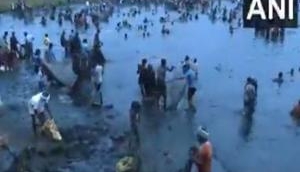
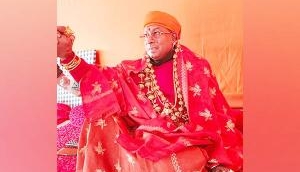
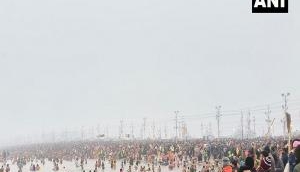

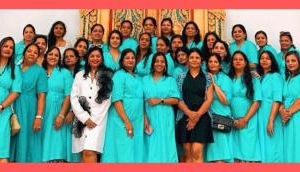
![BJP's Kapil Mishra recreates Shankar Mahadevan’s ‘Breathless’ song to highlight Delhi pollution [WATCH] BJP's Kapil Mishra recreates Shankar Mahadevan’s ‘Breathless’ song to highlight Delhi pollution [WATCH]](https://images.catchnews.com/upload/2022/11/03/kapil-mishra_240884_300x172.png)

![Anupam Kher shares pictures of his toned body on 67th birthday [MUST SEE] Anupam Kher shares pictures of his toned body on 67th birthday [MUST SEE]](https://images.catchnews.com/upload/2022/03/07/Anupam_kher_231145_300x172.jpg)






